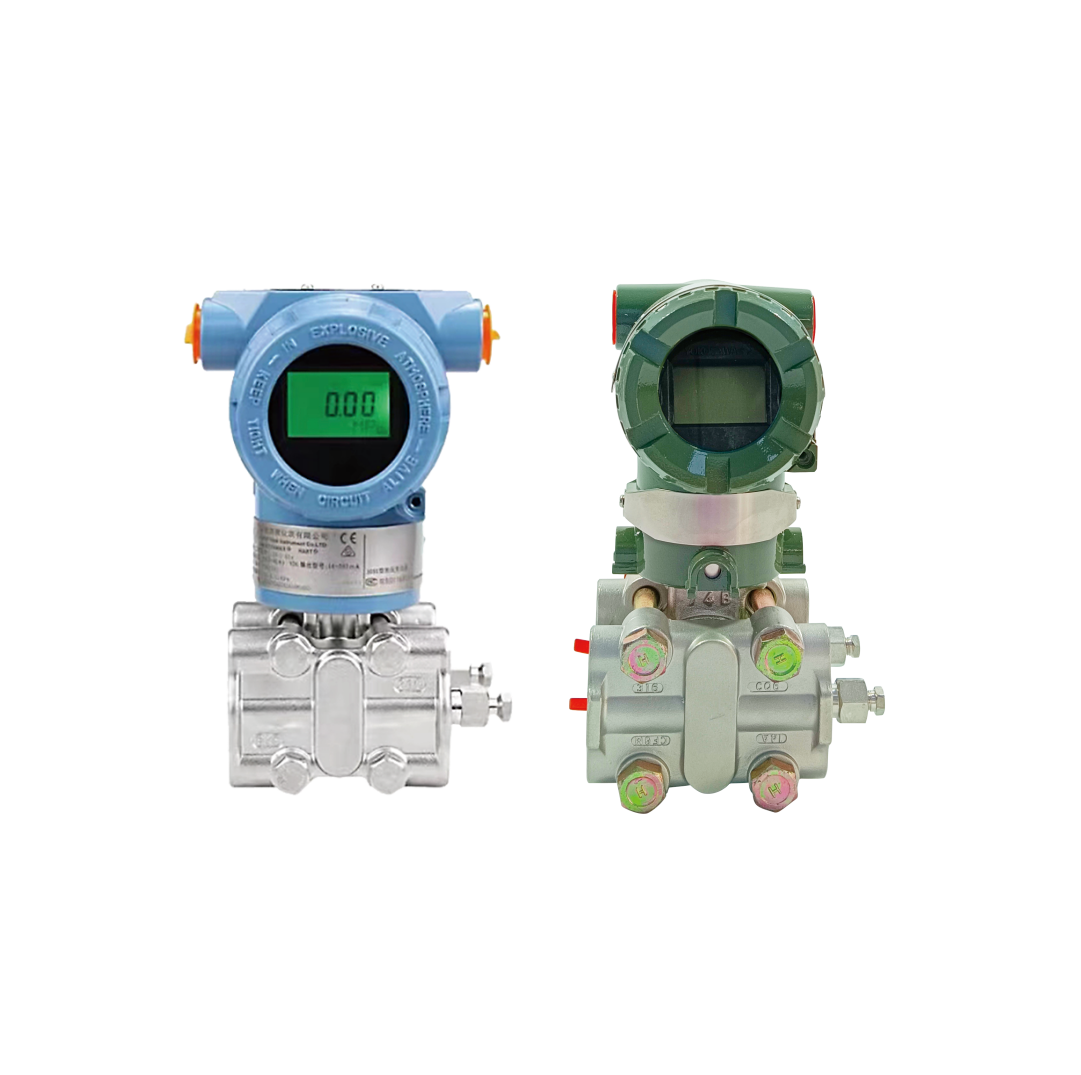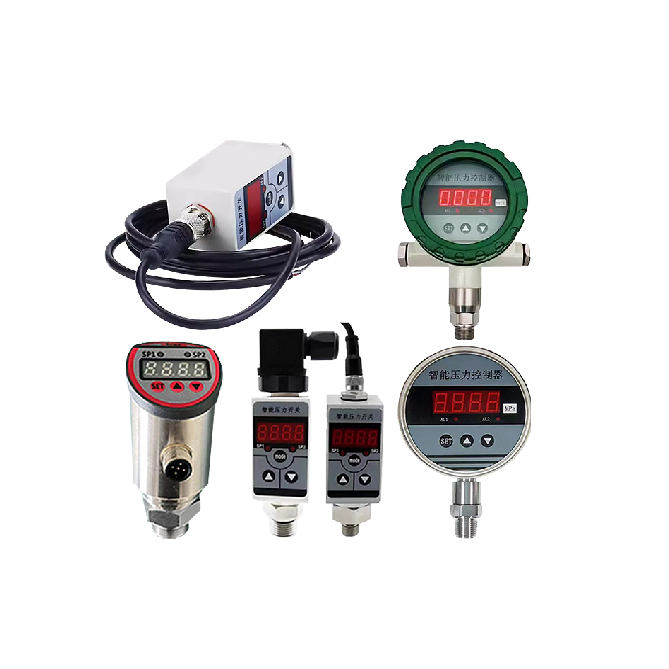Many engineers struggle with choosing between pressure and differential pressure transmitters, leading to costly mistakes and inefficient system designs.
Pressure transmitters measure absolute or gauge pressure at a single point, while differential pressure transmitters measure the difference in pressure between two points, each serving distinct industrial applications.
 Pressure vs Differential Pressure Comparison
Pressure vs Differential Pressure Comparison
I’ve worked with both types extensively, and I’ll share the key differences based on my experience.
What Is The Difference Between Pressure And Differential Pressure?
Understanding this fundamental difference is crucial for proper instrument selection.
Pressure is the force per unit area measured at a single point against a reference, while differential pressure is the difference in pressure between two points in a system.

Pressure Measurement Types
Let me break this down further:
Pressure Types Explained
-
Basic Pressure Measurements
Type Reference Point Application Absolute Perfect vacuum Altitude measurement Gauge Atmospheric Tank pressure Differential Second point Flow measurement -
Key Characteristics
- Measurement reference
- Application scope
- Installation requirements
- Accuracy considerations
Practical Applications
-
Pressure Applications
- Tank level monitoring
- Pump discharge pressure
- System pressure monitoring
- Compressor control
-
Differential Pressure Uses
- Flow measurement
- Filter monitoring
- Level measurement
- Density calculation
What Is The Difference Between DPS And DPT?
This common question affects equipment selection and system design.
A Differential Pressure Switch (DPS) provides simple on/off control based on pressure differences, while a Differential Pressure Transmitter (DPT) provides continuous measurement output.

DPS vs DPT Comparison
From my implementation experience:
Functional Differences
-
Operating Principles
Feature DPS DPT Output Binary (on/off) Continuous signal Accuracy Lower Higher Complexity Simple Advanced Cost Lower Higher -
Application Requirements
- Installation needs
- Power requirements
- Signal processing
- Maintenance considerations
Selection Criteria
-
System Requirements
- Control needs
- Accuracy requirements
- Budget constraints
- Maintenance capabilities
-
Operating Environment
- Temperature range
- Pressure limits
- Environmental protection
- Hazardous area requirements
Can We Use A Differential Pressure Transmitter As A Pressure Transmitter?
This question comes up frequently in system design discussions.
While technically possible, using a DP transmitter as a pressure transmitter is not recommended due to increased complexity, cost, and potential accuracy issues.

DP to Pressure Transmitter Conversion
Based on my field experience:
Conversion Considerations
-
Technical Aspects
Factor Impact Consideration Accuracy Reduced Calibration needed Cost Higher More components Maintenance Complex Additional work Reliability Lower More failure points -
Implementation Challenges
- Installation modifications
- Calibration requirements
- Maintenance procedures
- Documentation updates
Alternative Solutions
-
Proper Selection
- Define requirements
- Choose correct type
- Consider future needs
- Evaluate total cost
-
System Design
- Process connections
- Signal requirements
- Support structure
- Maintenance access
What Are The Four Types Of Pressure Transmitters?
This knowledge is essential for proper instrument selection.
The four main types are absolute pressure transmitters, gauge pressure transmitters, differential pressure transmitters, and sealed gauge pressure transmitters.

Four Types of Pressure Transmitters
From my design experience:
Transmitter Type Comparison
-
Characteristics
Type Reference Application Accuracy Absolute Vacuum Process vacuum High Gauge Atmosphere General pressure Standard Differential Two points Flow/level High Sealed Fixed reference Harsh environment High -
Selection Factors
- Process requirements
- Environmental conditions
- Accuracy needs
- Installation constraints
Application Guidelines
-
Usage Scenarios
- Process industry needs
- Environmental conditions
- Safety requirements
- Maintenance access
-
Installation Requirements
- Mounting options
- Process connections
- Power supply
- Signal transmission
Conclusion
Understanding the differences between pressure and differential pressure transmitters is crucial for proper selection and application, ensuring optimal system performance and reliability in industrial processes.
